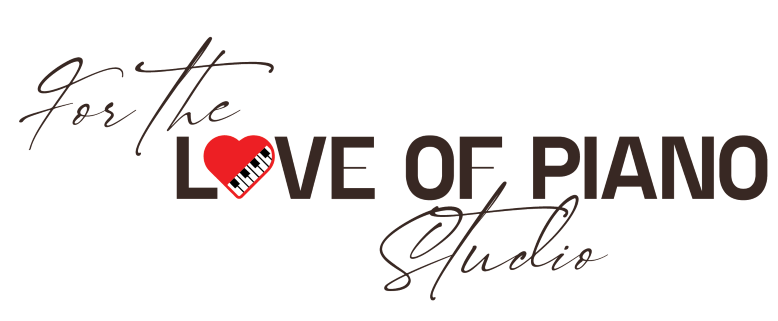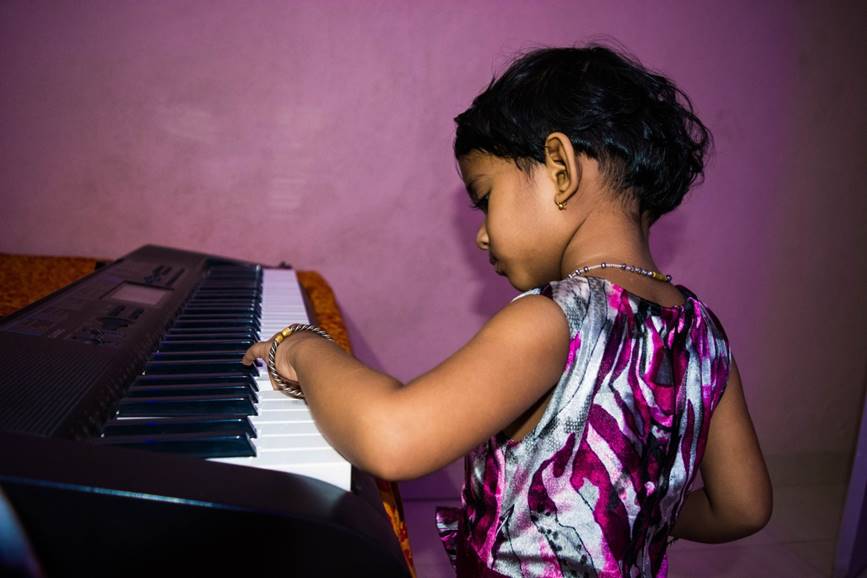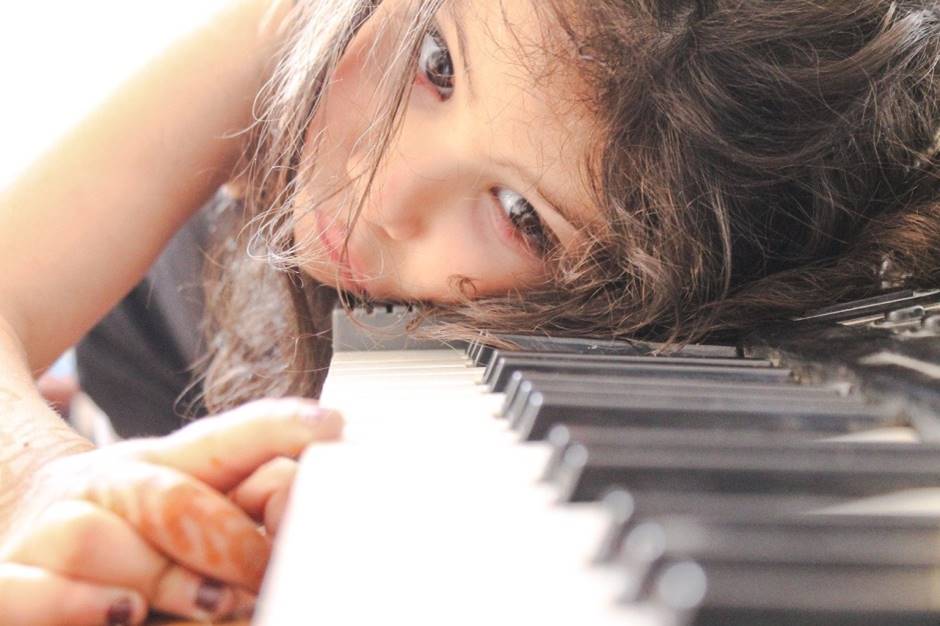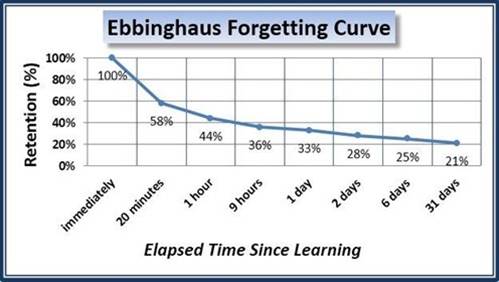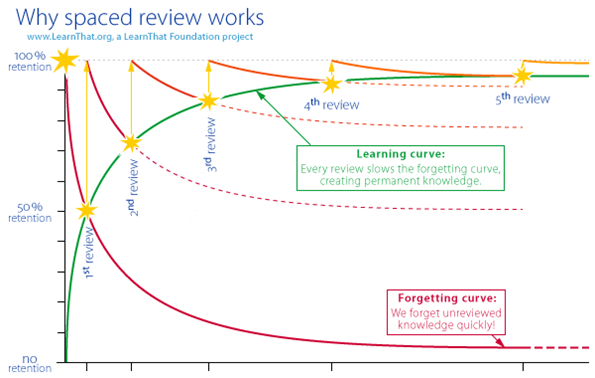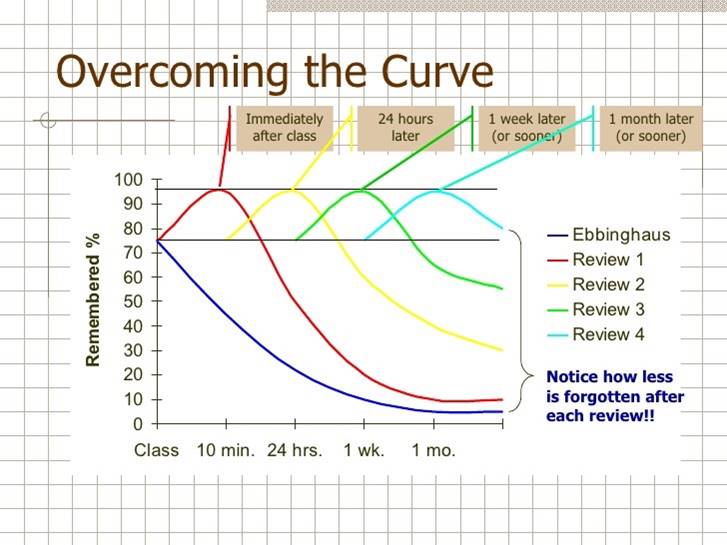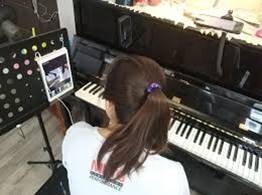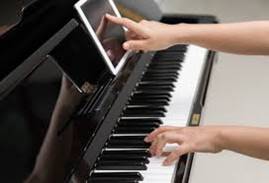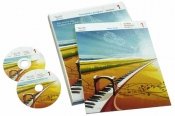What is Power of Two?
Hello and welcome to the Power of 2, Practice Less, Achieve More presentation.
You are about to find out a new concept that will have you rethinking about music lessons and practice. I’ll be sharing with you an insight, a secret, if you will, that I uncovered recently and I believe that if you take this insight and apply it, it’s going to make a huge difference not only in your child’s music practice, but also in their learning in general. But first let’s talk about the current culture of music lessons…
The current culture is this: student goes to their weekly lesson, then the teacher lets the student go hoping that the student will practice at home during the week before they meet again for the next lesson.
Unfortunately, the reality is the majority of students has a hard time or lacks the motivation to practice after they get home. But it’s not entirely their fault as you will find out later in my presentation. The minority of students that does practice regularly does the best they can. The insight that I’ll be sharing with you today will help all students practice better in less time, even the ones who are already practicing regularly at home. Now, let’s talk about the challenges that music students and parents face…
Students do not practice.
Student’s practices are lackluster.
Students only practice the easy assignments.
Students do not do what’s on their assignments.
Students forgot many songs/projects.
Parents are tired of nagging their child to practice.
If you are a parent and have your child enrolled in a music class, maybe you can relate.
So what is going on here? Why aren’t students practicing? Doesn’t the teacher remind the students to practice? and does the studio have a certain requirement when it comes to practice? Don’t the parents remind them to practice at home? In fact, both the teacher and parents remind them to practice. But, is it enough? Unfortunately, it’s not…
We tell them to practice 5 days a week, 30 min a day, but it’s not enough to tell.
So what do we do? We expect the parents to do their job. Well intentioned parents want to force their children to practice, but the problem is students don’t want to feel forced.
This is what happens when students forget something quickly. If they forget, they become discouraged and if they are discouraged, they are less likely to practice.
So just how fast do we forget? Well, as it turns out, quite fast and in a very short period of time.
In 1885 German psychologist Herman Ebbinghaus did a research project on memory. Specifically, he wanted to find out how quickly humans would forget information after learning it the first time. This is the result of his study. This graph came to be known as the Ebbinghaus Forgetting Curve. It shows the decline of memory over time.
As you can see here, in 20 minutes after learning, we retain about 58% of the information, after one hour 44%, after 9 hours 36%, after one day 33%, and so on. This was a landmark research project because Ebbinghaus was the first to identify how fragile our memory was. Imagine, one day later after learning something the first time, we retain only 33%, which means 67% of the new information is lost. To put it in perspective for us, the time students get out of class, they start to forget what we just taught them – rapidly. By the time they get home, a lot of information has been lost and if they wait a day later or longer to begin their practice, they will have forgotten most of the new information. This is the reason why many students are lost and they do not practice or if they do, they do not get the maximum results. This study has been replicated many times since with similar results and the conclusion was unanimous: information is lost exponentially in a very short period of time… unless we find a way to save it.
And the way to save it is review and review often. Every time we review we bring the forgetting curve up and therefore retaining more of what we learned in our memory bank. Does that mean that we should review all the time everyday for maximum results? The answer is no, we don’t need to. Studies have shown that If we space out our reviews in a certain way, we can maximize our chance for memory recall. This concept is known as spaced repetition. So the real question is how often and when should we review so that we can maximize our recall?
This graph shows the best times to review for maximum memory recall. The first and best review is immediately after class, the second best review is 24 hours later, then 1 week later, 1 month later, and so on. This is how we beat the curve and retain the most information possible. For our purposes of piano lessons, I would like for you to focus on the first two reviews or in our case, the first two practices: immediately after class and 24 hours later. I call this the Power of 2 because I believe this is the key to unlocking students’ practice success. It’s what allows them to practice less and achieve more.
Practice 1 is practice immediately after class. Practice 2 is practice 24 hours later. These practices are important because we capture them in the most critical times. Of all the practices that your child is going to do, these two will be THE most important and the most critical. Together they set the stage for what’s to come. If your child retains more of what she just learned, she’s more likely to practice after the first two times. This creates momentum and a willingness to practice more.
The Power of 2 provides a window of opportunity for maximum recall so we want to capitalize on it. It is also most practical if practice is quote unquote “forced”. Bear with me here because I’m going to explain to you how we force students to practice without them feeling forced.
It’s not enough to tell students what to do, we need to take them by the hand and “force” them to practice.
How do we capitalize on the Power of 2 and “force” students to practice?
Introducing…
Piano Lessons With A Twist, Lesson + Power of 2
How it works.
- Students receive formal weekly lesson in class. Immediately after class, students go to straight to a breakout room online to review what they’ve just learned. Practice 1
- Students come back the next day for up to one additional hour of SUPERVISED group practice and on the spot TUTORING. Practice 2
- Total time per week: up to 1 hour 45 minutes.
30 min lesson, 15 min Practice 1, one hour Practice 2
Why it works.
- We capitalize on the 2 most critical times.
- Beat the forgetting curve and maximize memory recall.
- “Forced” practice
- Practice is much more efficient.
- Take them by the hand, no more excuses or confusion.
- One-two punch for maximum results
- Nip it in the bud
Students won’t feel forced because practice 1 is considered part of the lesson and is done right after class. Practice 2 is no different than, say, a parent dropping off their child for soccer, or basketball or karate practice. The bonus here at our studio is practice 2 is supervised. One of us teachers or a tutor is there to help whenever students get stuck, something a parent cannot do or do not have time to do at home. We are there to lend a helping hand. As a result practice will be much more efficient. We take them by the hand, no more excuses or confusion. The Power of 2 provides a one-two punch for maximum results and by watching over their practice and eliminating any problem areas immediately, we nip it in the bud. And what happens when we nip it in the bud, students remember more. If they remember more, they feel encouraged. If they feel encouraged, they are more likely to practice.
Benefits of Power of Two
- Students get lesson time and review time. Plus, they get up to one hour of SUPERVISED practice the next day. Our online piano lab is conveniently set up for both practices.
- Provides structured opportunities for students to practice.
- Serves as a springboard that can create momentum during the week at home.
And the #1 Benefit is:
Power of 2 + one extra day of practice at home > 5 days of unsupervised practice at home done after one day of lesson.
But there’s more…
Our Power of 2 piano lessons also feature the breakthrough Australian developed, playing-based Simply Music method that allows students playing great-sounding songs immediately AND the Better Practice App that helps students keep track of their practice.
All Together:
- Power-of-2 Piano Lessons
- Simply Music Method
- The Better Practice App
The three pillars that make us unique among our peers and allow us to get fantastic results for our students.
The Power of 2, Practice Less, Achieve More
If you would like to learn more about the Power of 2 piano lessons at For The Love Of Piano Studio, I invite you to come to one of our Free Introductory Sessions and find out how we can have your child practice less and achieve more. Call our studio at (408) 641-9926 or you can register online at www.pianolessonssanjose.com. Thank you!
Power of Two Testimonials
I love my tutoring from Dillon. Having the focused attention on those challenging areas of piano has really enhanced my skills. I know that if I am struggling I will have time with my tutor to break down the piece and learn it. Dillon is professional, personal, polite and patient, and always up to the task for whatever questions or challenges I have.
Debbie Cunningham, Adult Student
The Power of Two program has been making a real difference in practice time for my daughter. When practicing alone, it is sometimes a struggle to get going. With Power of Two, she LIKES to practice, doesn’t complain, and is eager to set it up herself! It’s totally worth it!Molly Miranda, Parent of Student
Read About Our Power of Two Practice Lab Tutor, Dillon. He is a 10 year student of the Simply Music Method and knows the program inside and out. He is an exceptional tutor and is able to support and encourage students in their musical journey. Be sure to scroll down to his Bio on the link provided. You’ll have an opportunity to hear him play a song as well. Enjoy listening to Rhapsody in Blues.
